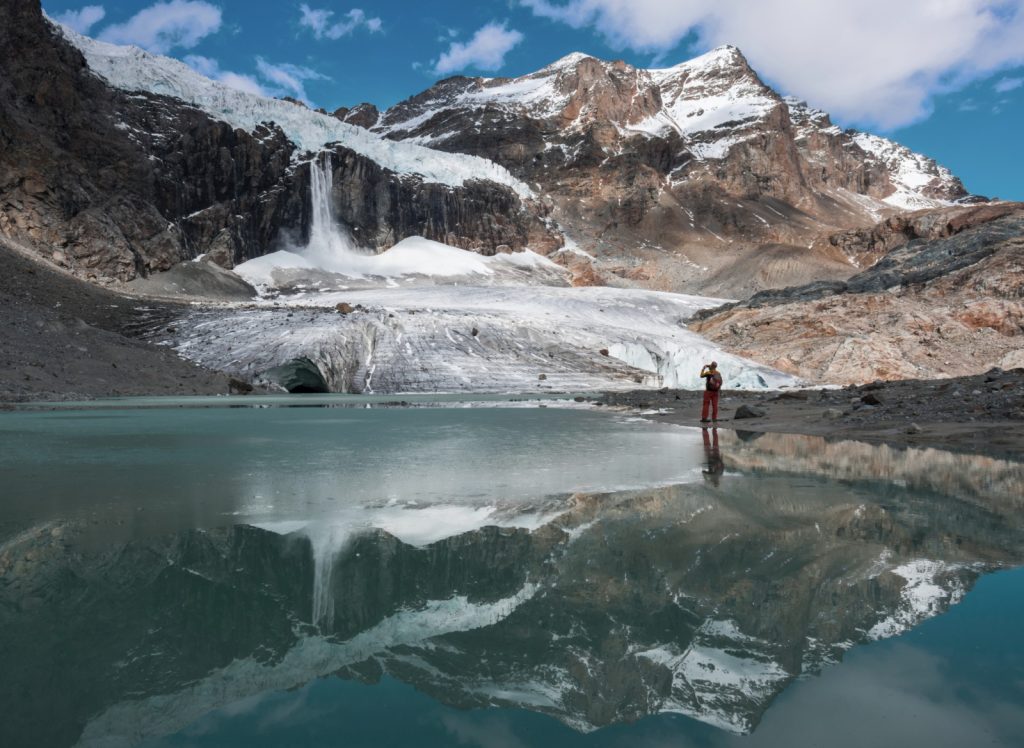According to a recent research, the lowering, shrinkage, retreat. Total mass balance of glaciers are significantly influence by changes in debris cover. Future research must take these aspects into consideration in order to fully understand the observed glacier changes and reactions.
Considering the significance of the Himalayan glaciation, little known about the dynamics of glaciers and the variables that affect them. Current research on Himalayan glaciers shows significant variation in retreat pace and mass balance across the mountain range, mostly due to terrain and environment. Unfortunately, it is difficult to create a cogent picture of how climate change may affect glaciers because of varying glacial retreat rates and insufficient supporting field data (such as mass balance, ice thickness, velocity, etc.) for the Himalayan glaciers.
The fact that the Himalayan glaciers are mostly cover with debris and have been retreating since the end of the Little Ice Age is one of their notable characteristics. It is frequently discover that the supraglacial debris on the surface of glaciers significantly influences how quickly ice mass lost due to sunlight, wind, or rain (ablation). It has noted that the glacier response to climate forcing is greatly alter by the thickness of supraglacial debris.

The impact of the debris layer on summer ablation—the loss of ice mass. And terminal retreat of glaciers was statistically assess by a team of researchers. They were from the Wadia Institute of Himalayan Geology (WIHG), Dehradun, Uttarakhand, India.
In order to compare glacier changes between 1971 and 2019. Dr. Manish Mehta with colleagues researched two glaciers with distinct characteristics: the Pensilungpa Glacier (PG) in the Suru River basin. Also reach the Durung-Drung Glacier (DDG) in the Doda River basin of Zanskar in the Leh district of Ladakh. Their comparison study assisted them in tracing the impact of numerous elements on the mass balancing process. The DDG has a thin debris cover, in contrast to the PG’s substantial debris cover.
They discovered that in addition to the glacier’s topography and form, climate change also affects how quickly glaciers recede. Their comparative study, which was publish in the journal Sustainability, also confirms that factors other than climate. Such as snout geometry, glacier size, elevation range, slope, aspect, debris cover, and the presence of supra- and proglacial lakes. It may have an impact on the heterogeneous dynamics of glaciers. It also highlights the importance of including these factors in glacial studies.

